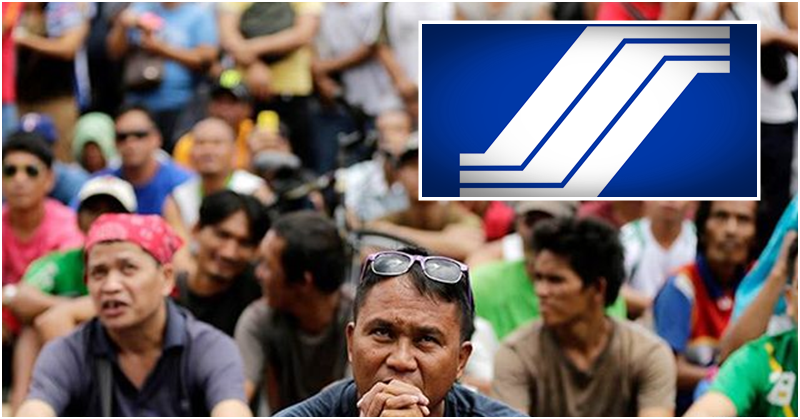Every year, the Social Security System (SSS) posts a table of monthly contributions as well as schedule of payments, which serve as reference for every Filipino pension holder’s reference.
However, in line with the recent signing of the SSS Act of 2018, which provides for the mandatory contributions of overseas Filipino workers (OFWs), among other things, the initiative has drawn various reactions and criticisms, especially from migrant rights groups — mainly due to the higher contribution rates posted by the new law.

SSS to Implement Higher Contribution Rates Starting April
In a report shared by The Inquirer this month, the contribution rate for SSS members will go up by 1 percentage point to 12% starting this April.
Along with this, the minimum monthly salary credit (MSC) will be increased to PHP 2,000, and the maximum will be set at PHP 20,000. According to the announcement, the higher contribution rate at 12% was based on the MSC applied by the agency.
The decision, which was approved by the SSS governing board on March 13, was ratified under the state pension fund’s new charter to extend the fund life.
According to the report, the fund life was cut by 10 years to 2032, when the government approved an additional PHP 1,000 monthly allowance to pensioners starting 2017.
With the new law, the fund is projected to last until 2045.
In line with this, circular nos. 2019-05, 2019-06 and 2019-07 detail the new schedule of the monthly SSS contributions to be followed by members starting in April.
Based on the released circulars, as stipulated under the SSS Act of 2018, the Social Security Commission, the state fund’s governing board, is now allowed to increase the contribution rate by one percentage point every other year starting 2019, until it reaches 15% by 2025. Back then, only the President had the authority to approve contribution rate adjustments.
With the increase in the MSC, self-employed and voluntary members are expected to observe the applicable rate adjustments, as well.
For Overseas Filipino workers (OFWs) with a minimum MSC of PHP 8,000, the contribution rate ranges from PHP 960 for those whose monthly earnings are below PHP 8,250 — to PHP 2,400 for those earning PHP 19,750 or higher per month.
Meanwhile, the contribution of the nonworking spouse will be 50 percent or half of his or her working spouse’s MSC.
As for household helpers or “kasambahay,”employers will be required to pay between PHP 120 and PHP 600, for those who are earning PHP 5,000 or lower every month, whereas those who earn PHP 19,750 and above will also have to contribute PHP 2,400 – PHP 1,600 from the employer, and PHP 800 from the helper. The “Kasambahay Law,” however, maintains that employers must cover the kasambahay’s entire contribution.
As it is, more implementing rules and provisions are being worked out by the government, particularly with its foreign counterparts that are bound by existing bilateral labour ties, which cover sea- and land-based OFWs. The provision to be met is that foreign employers are to shell out two-thirds of the contribution, while the remaining amount will come from the OFW’s pocket.
However, in countries that do not have bilateral labour agreements with the Philippines, the OFW must pay the full contribution.
ALSO READ: SSS Members Can Avail Unemployment Benefits up to PHP 10,000/month